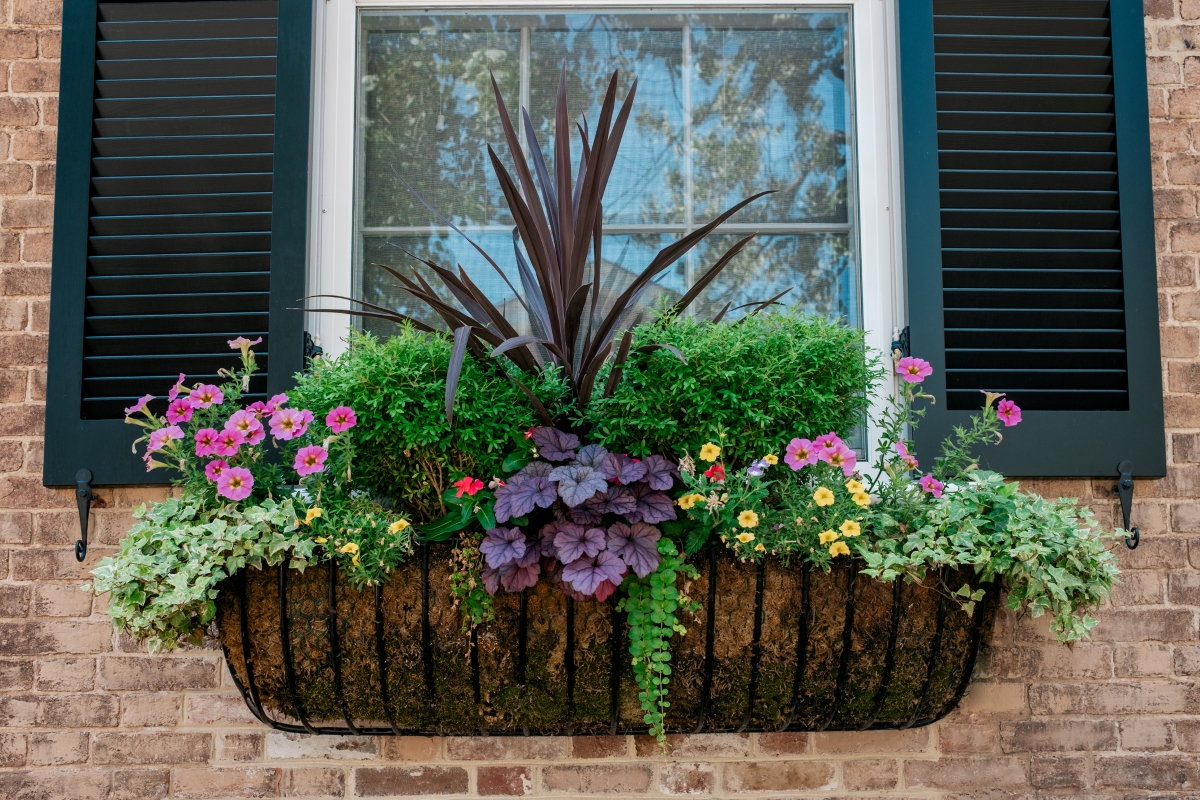

We may earn revenue from the products available on this page and participate in affiliate programs. Learn More ›
Window boxes adorned with greenery and florals amp up a home’s aesthetic, making it look elegant and welcoming. Best of all, no matter where you call home—whether a house or an apartment—you probably have space for one of these small planting beds.
Because a window box sits front and center, proudly visible from the street, assemble a mix of plants that look sensational. There are so many great green and vibrant options that add texture, color, varying heights, drama, and more. Here are some of our window box favorites.
1. Sweet Potato Vine (Ipomoea batatas)

The lush foliage of sweet potato vine (Ipomoea batatas) comes in many colors, making it a surefire win for any window box. Consider getting the lime green ‘Margarita’, the deep purple ‘Sweetheart’, or the gray-green-pink ’Tricolor’ varieties, all of which are low maintenance and easy to grow.
2. Coleus (Coleus spp.)
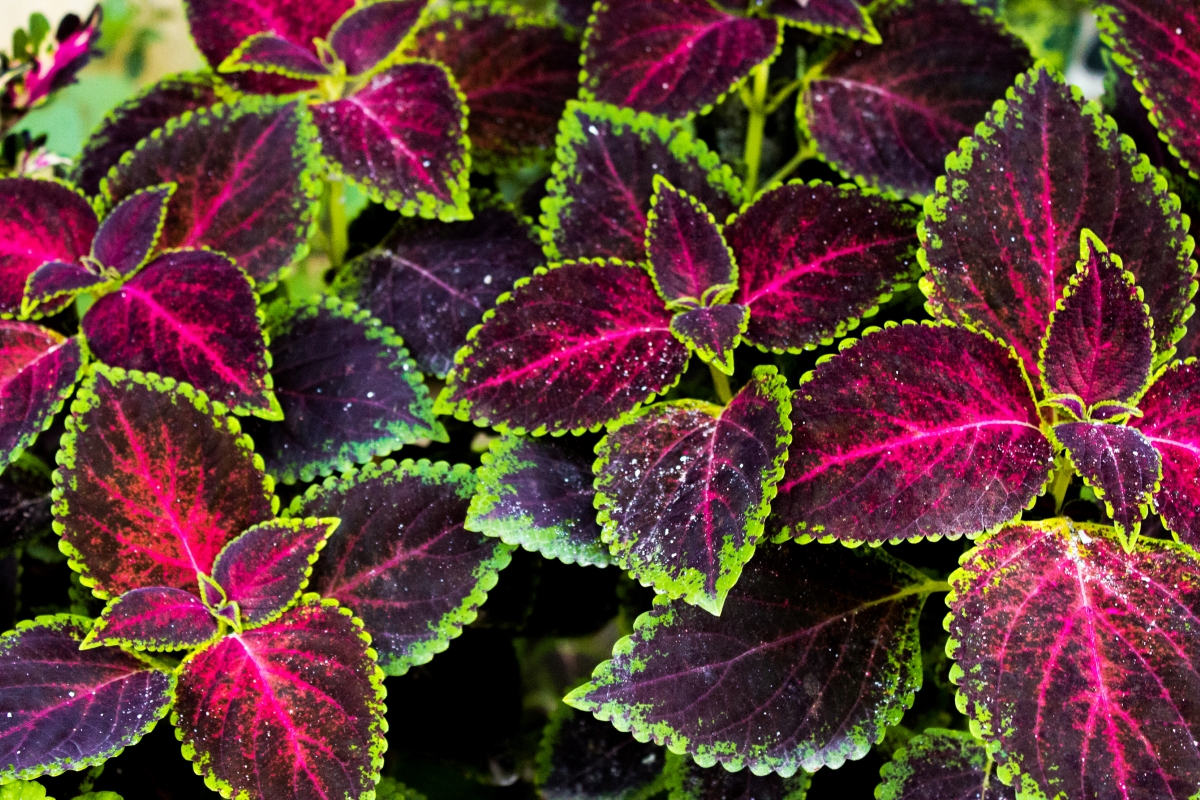
Abounding with colorful foliage, coleus comes in both sun and shade varieties. Its bushy appearance makes coleus a great filler and accent plant, although bold varieties like ‘Chocolate Covered Cherry’ and ‘Kong Red’ are showy enough to be the main event in a window box.
3. Petunias (Petunia spp.)
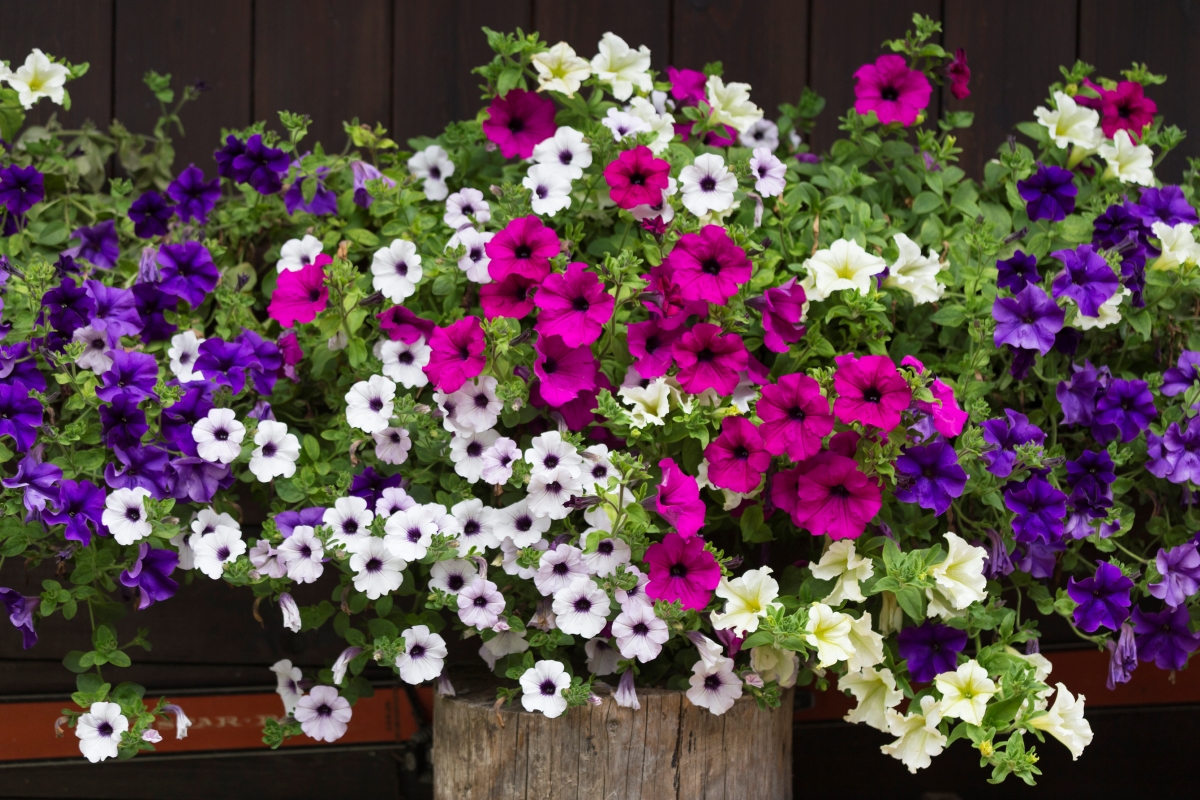
Petunias are summer’s workhorse, continuously pumping out vibrant blooms in the season’s harshest heat. The annuals are available in shades of white, red, pink, and purple, and you can even find striped, speckled, and fringed varieties. Consider Petunia axillaris, or wild white petunia, if you’d like a bushy plant, or opt instead for cascading Wave or Surfinia petunias, which will spill exuberantly over the edge of your window box.
4. Creeping Jenny (Lysimachia nummularia)
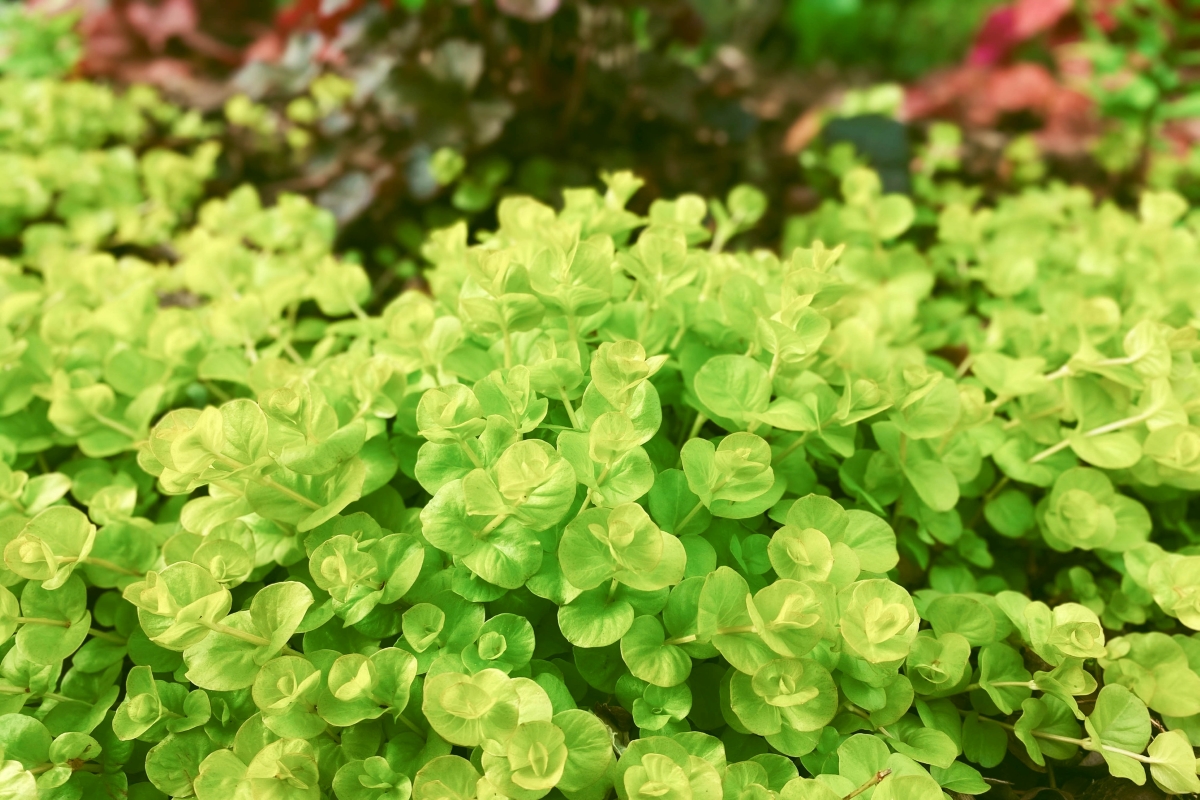
Creeping Jenny, also known as moneywort, is a vigorous ground cover that’s also stunning in window boxes. Available in shades of green and gold, its densely packed, rounded leaves cascade from planters and look very much like trailing vines. Its small yellow flowers are pretty but don’t stick around long.
5. Dusty Miller (Centaurea cineraria)
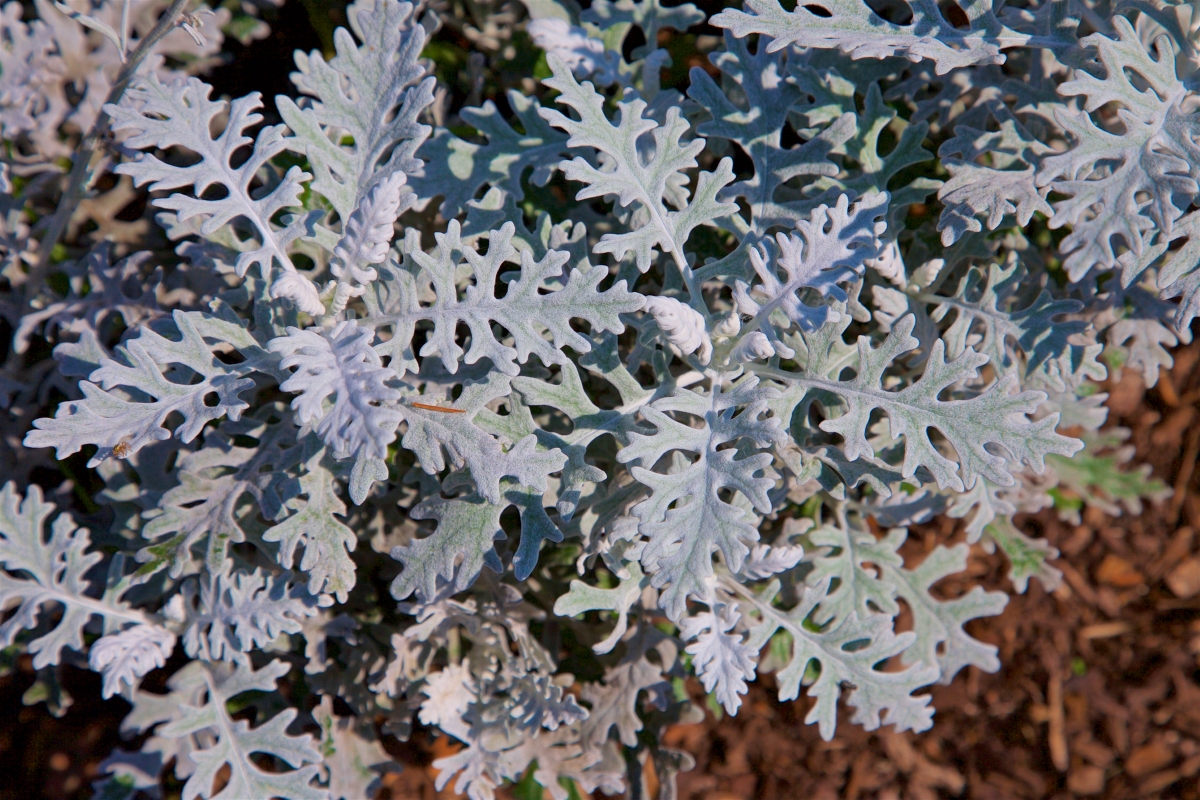
Dusty miller has textured silver foliage that strikes a dazzling contrast with colorful blooms. The ‘Silver Dust’ cultivar grows 12 to 18 inches, while the ‘Silver Lace’ and ‘Cirrus’ varieties reach heights of 6 to 8 inches. Dusty miller is a drought-tolerant plant and easy to maintain, making it a safe option for those lacking a green thumb.
6. Fuchsia (Fuchsia spp.)
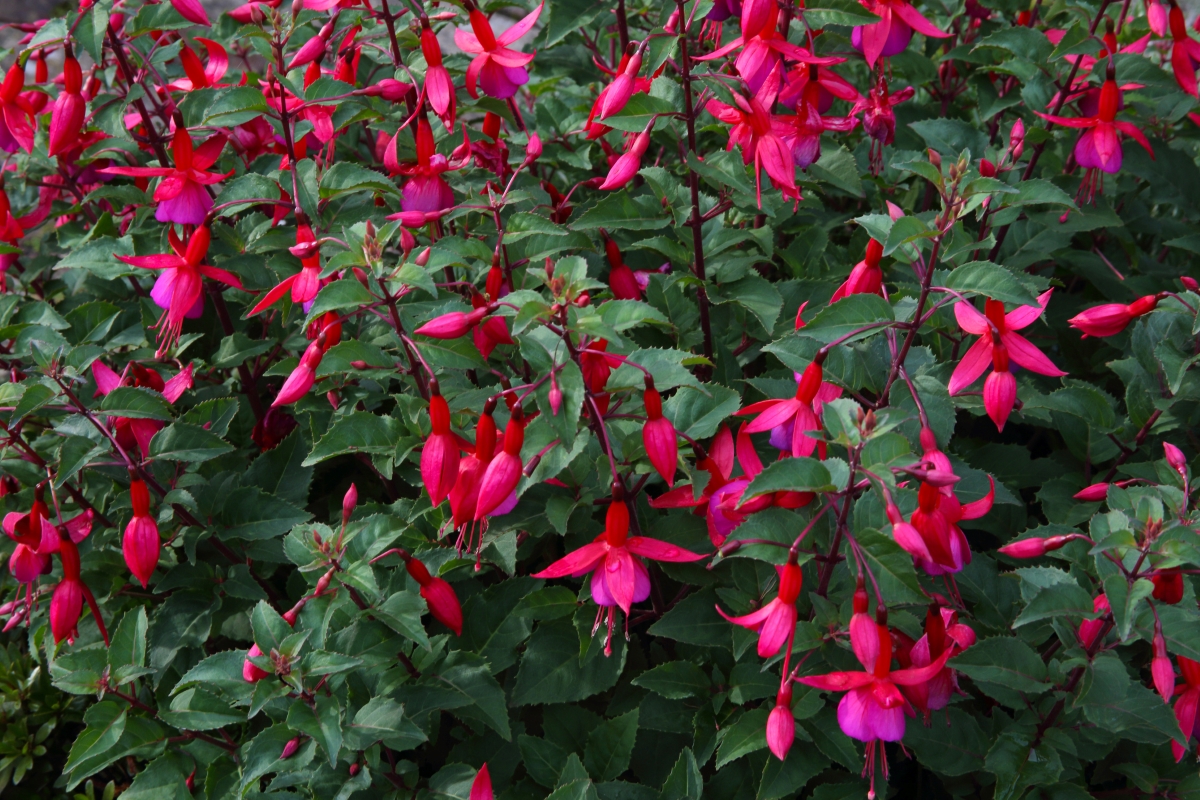
While fuchsia is typically used in hanging baskets, its colorful flowers make it a welcome addition to any container garden. Most varieties of fuchsia love the shade, so as long as you avoid putting your window box in full sun, the plant’s season-long extravagant purple and pink blossoms will make your curb appeal pop.
7. Impatiens (Impatiens spp.)
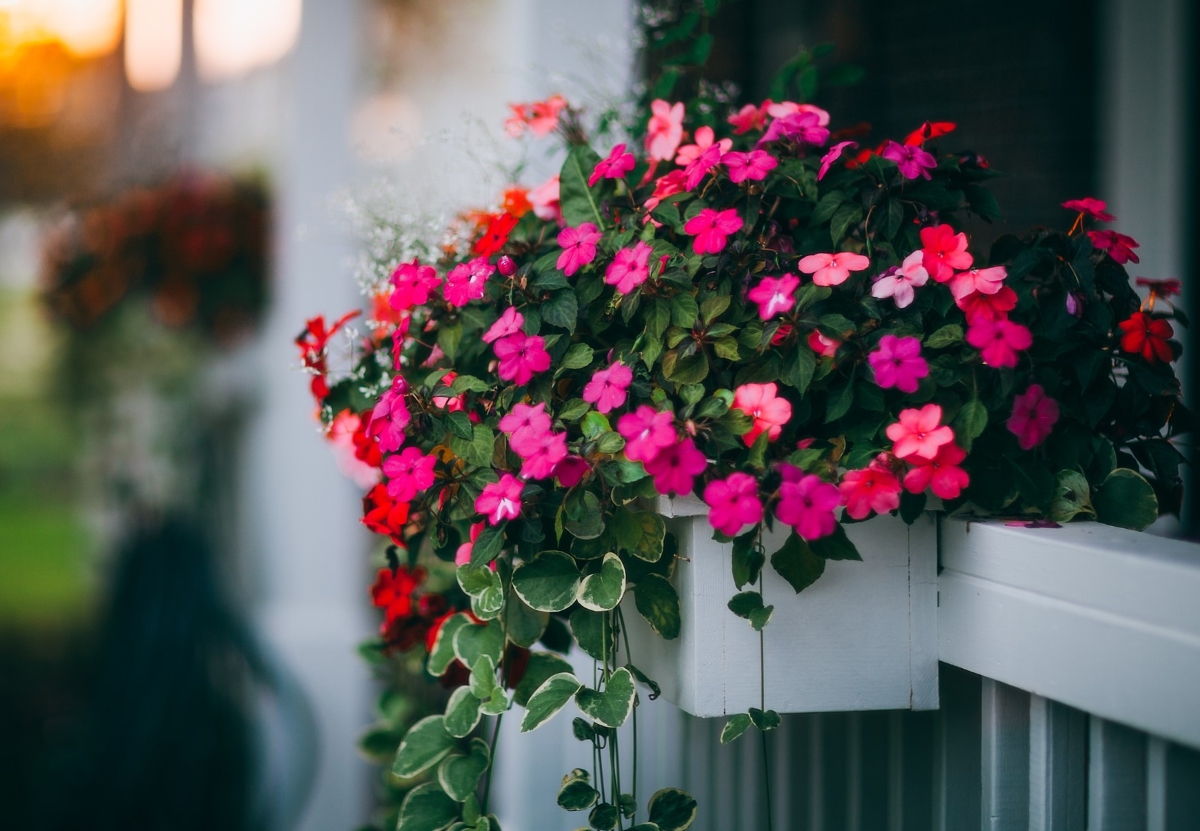
To achieve luscious color in a deeply shaded window box, give moisture-loving impatiens a try. The most common variety in the United States, Impatiens walleriana, is easy to maintain, grows well in containers, and is available in a wide range of colors, including pink, red, purple, orange, and yellow.
8. Snapdragon (Antirrhinum majus)
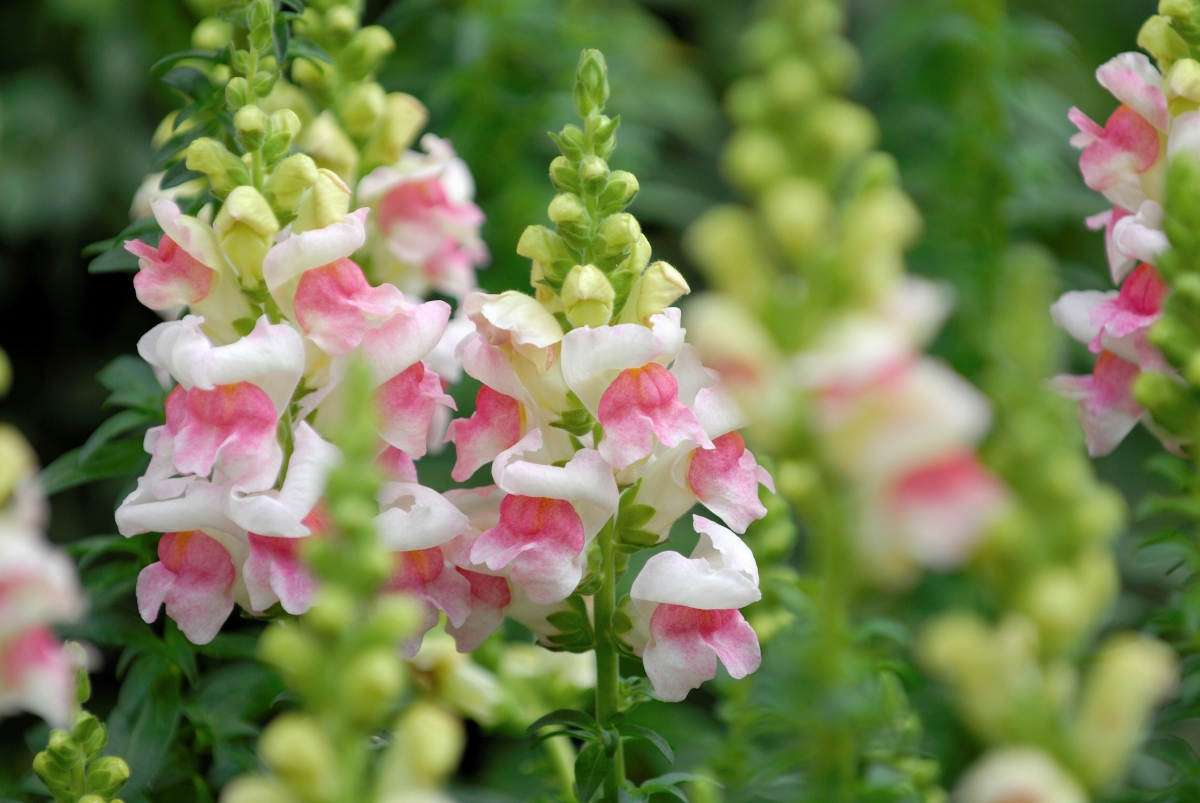
With flashy tall spikes covered in lavish blooms, snapdragon is an eye-catching addition to any window box. Common snapdragon can grow anywhere from 4 inches to 3 feet high, so consider a variety’s size before selecting it for a window box. Snapdragon has low drought tolerance, so mix it with other thirsty plants and be sure to give it plenty of water.
9. Verbena (Verbena spp.)
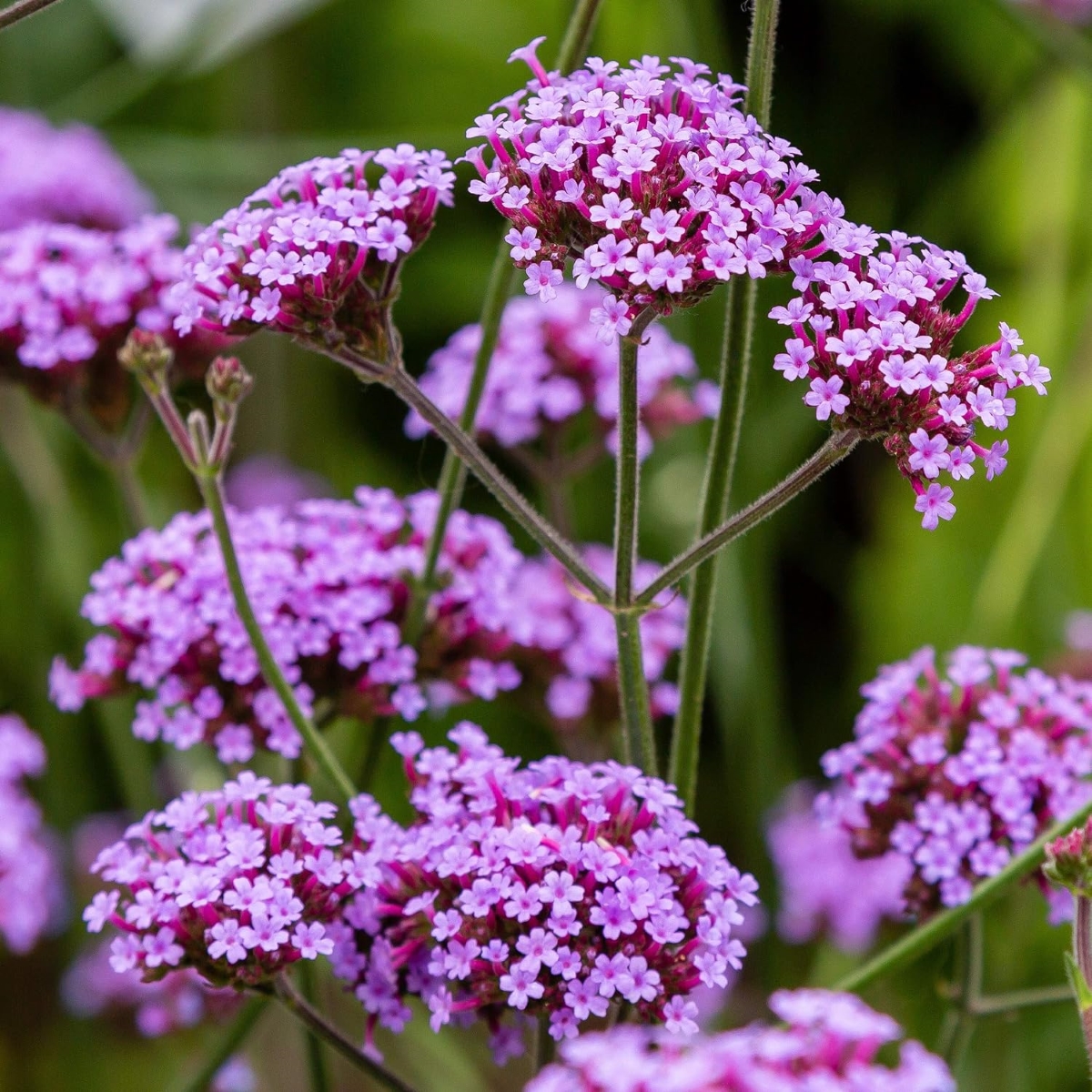
Sun-loving verbena cascades out of window boxes and other containers, displaying its pretty blooms from mid-spring well into fall. The drought-tolerant, easy-care plant comes in a variety of colors, including the ‘Superbena Violet Ice’ cultivar, which boasts bright purple blooms, and ‘Lanai Candy Cane’, which, just as you’d expect, sports red and white stripes.
10. Variegated Ivy (Hedera helix ‘Variegata’)
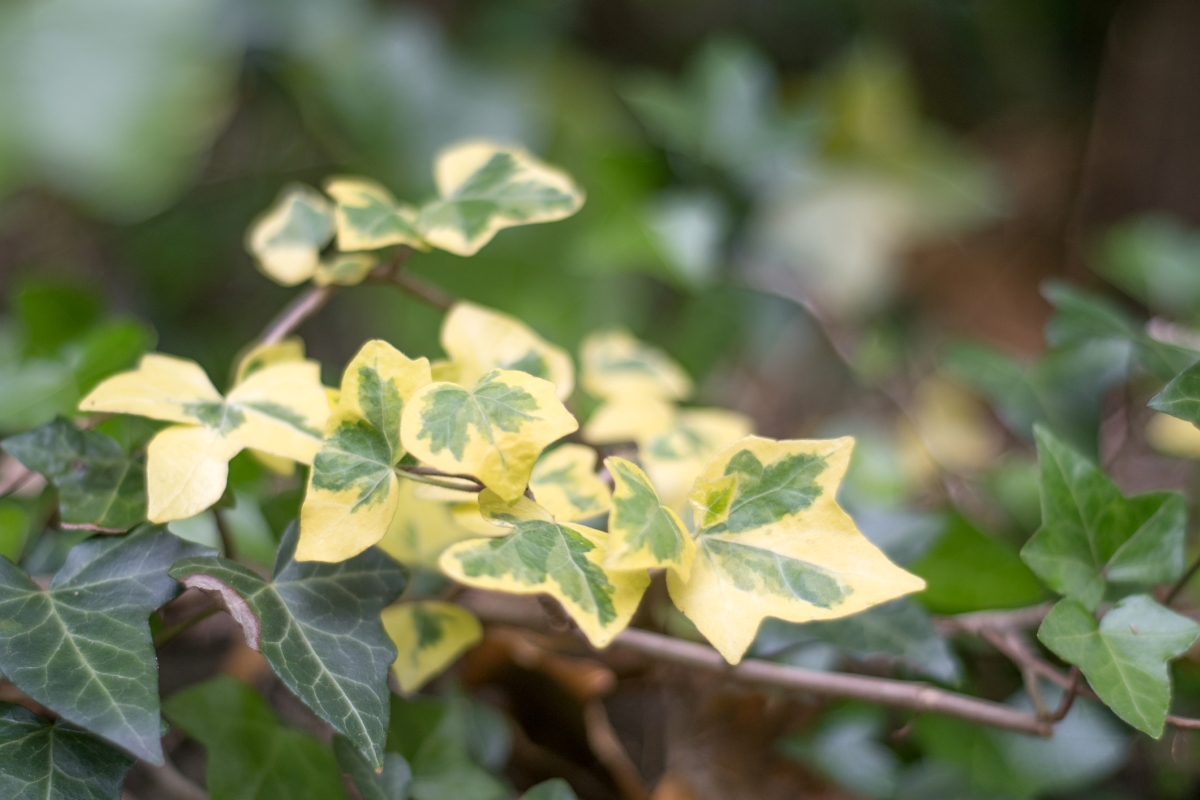
Variegated ivy prefers bright, indirect light, though it will tolerate full sun as long as it gets plenty of water. If it doesn’t get enough light, the variegation won’t be as marked. The evergreen plant will flow over the edges of a window box and provide a leafy contrast to vivid blooms.
11. Licorice Plant (Helichrysum petiolare)
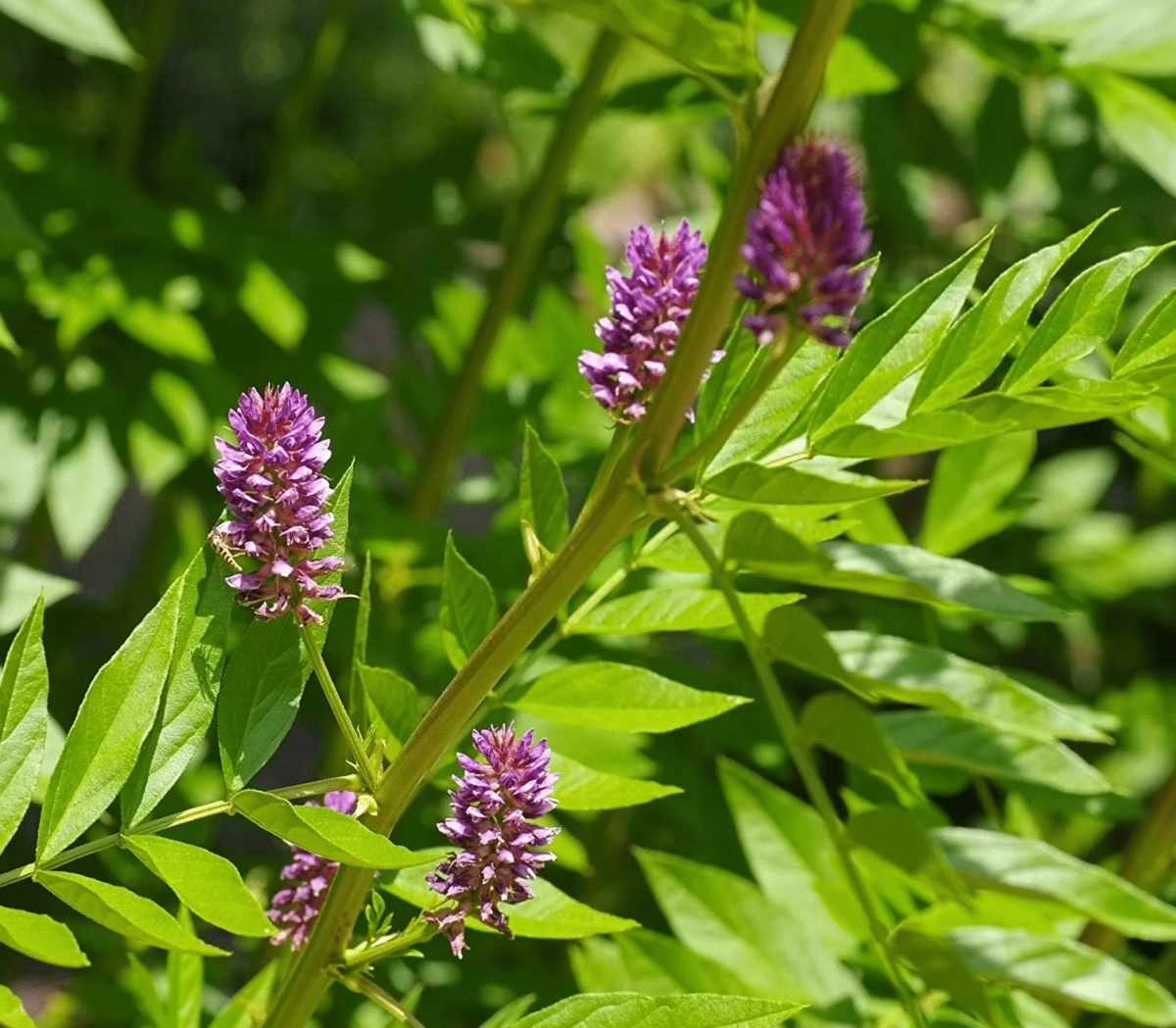
Homeowners often choose licorice plant for window boxes for its unusual felted foliage. The cultivar ‘White Licorice’ is actually silvery white, while ‘Lemon Licorice’ has buttery yellow foliage. Both make a striking counterpoint to richly colored blooms. This South African native can’t take cold weather, so be prepared to say goodbye to it when fall approaches, unless you’re in the very southern U.S.
12. Trailing Rosemary (Rosmarinus officinalis ‘Prostratus’)
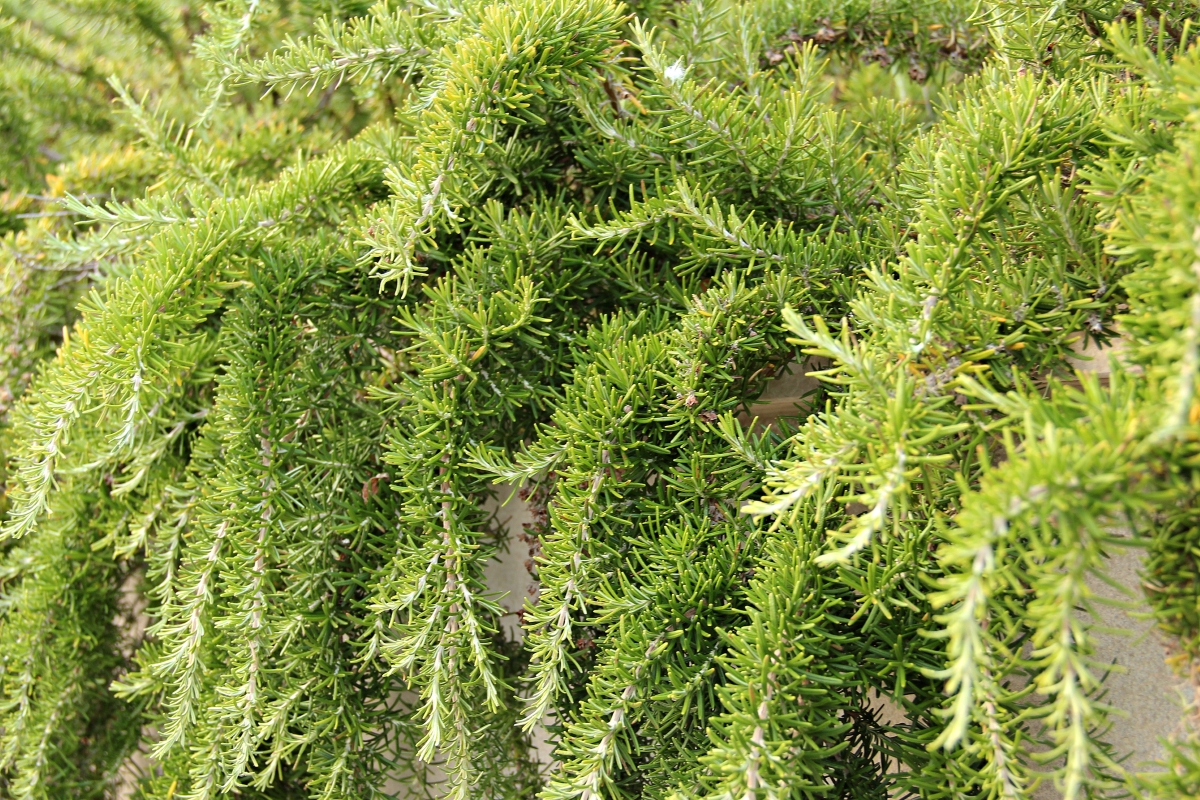
Trailing, or creeping, rosemary adds an intriguing textural element and fantastic fragrance to window boxes. Unlike upright rosemary, creeping rosemary sends out runners that spill attractively over the edges of a container. Sometimes called prostrate rosemary, this Mediterranean native likes hot weather and is drought-tolerant. It shows off small purple flowers in spring and summer.
13. Strawberry (Fragaria spp.)
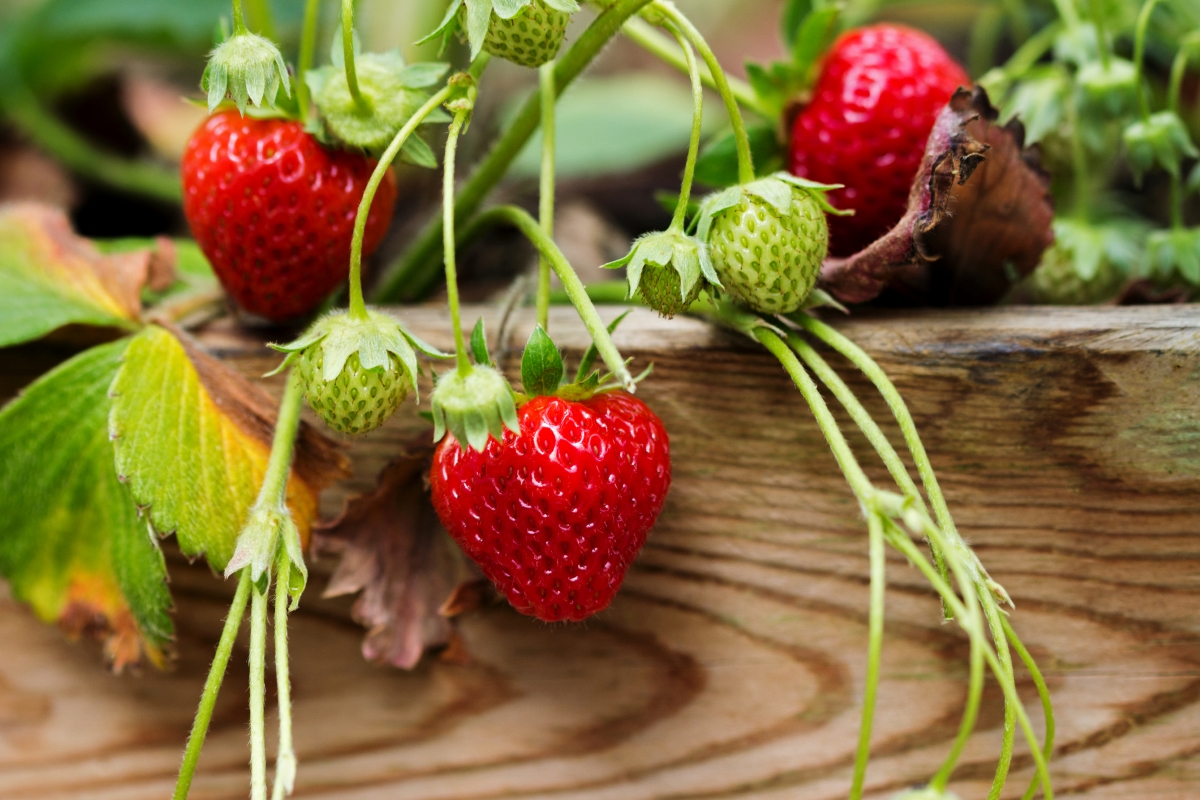
Strawberry plants are a feast for the eyes and the stomach. These flourishing beauties are easy to grow, with lush green leaves and rounded pink or white flowers—not to mention the edible strawberries that spill over the sides of your window box.
Areas with full sun are best for these plants. When kept in moist soil for at least 6 hours of full sunlight each day, strawberry plants should produce a miniature crop for you to harvest in June (or throughout the summer if you choose an everbearing variety).
14. Silver Ponysfoot (Dichondra argentea)
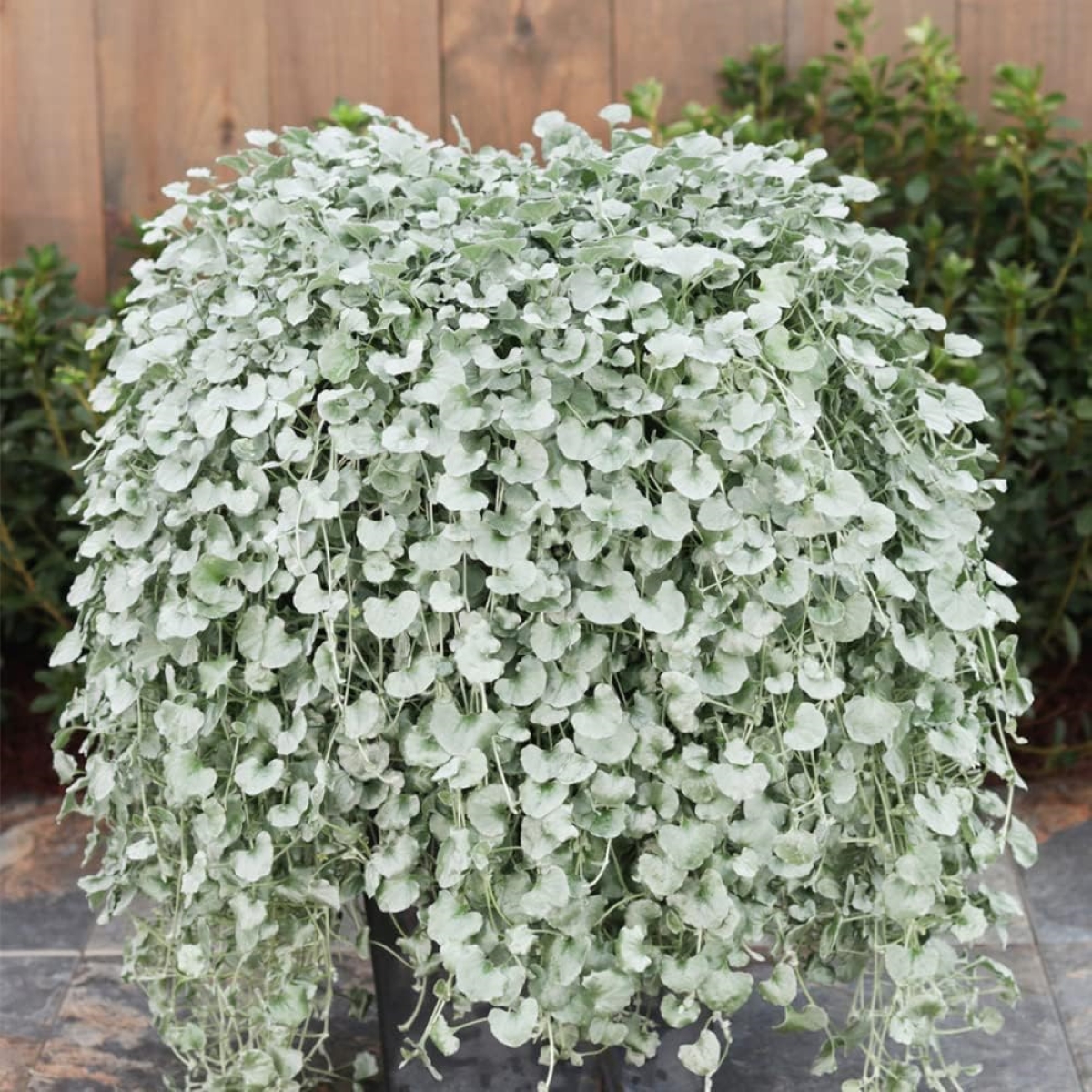
Extremely drought-tolerant, dichondra is a good choice for folks who live in hot parts of the country, where it is evergreen. In other regions, it may die back but resurface in spring. This fast-growing plant gets to about 5 inches tall at most, and it is only too happy to spill over the sides of a window box, its small, round, gray-green leaves providing a sharp contrast to other greenery in the box. Bees, butterflies, and birds often take shelter in ponysfoot, which is sometimes called silver nickel vine.
15. Purple Prince Zinnia (Zinnia elegans ‘Purple Prince’)
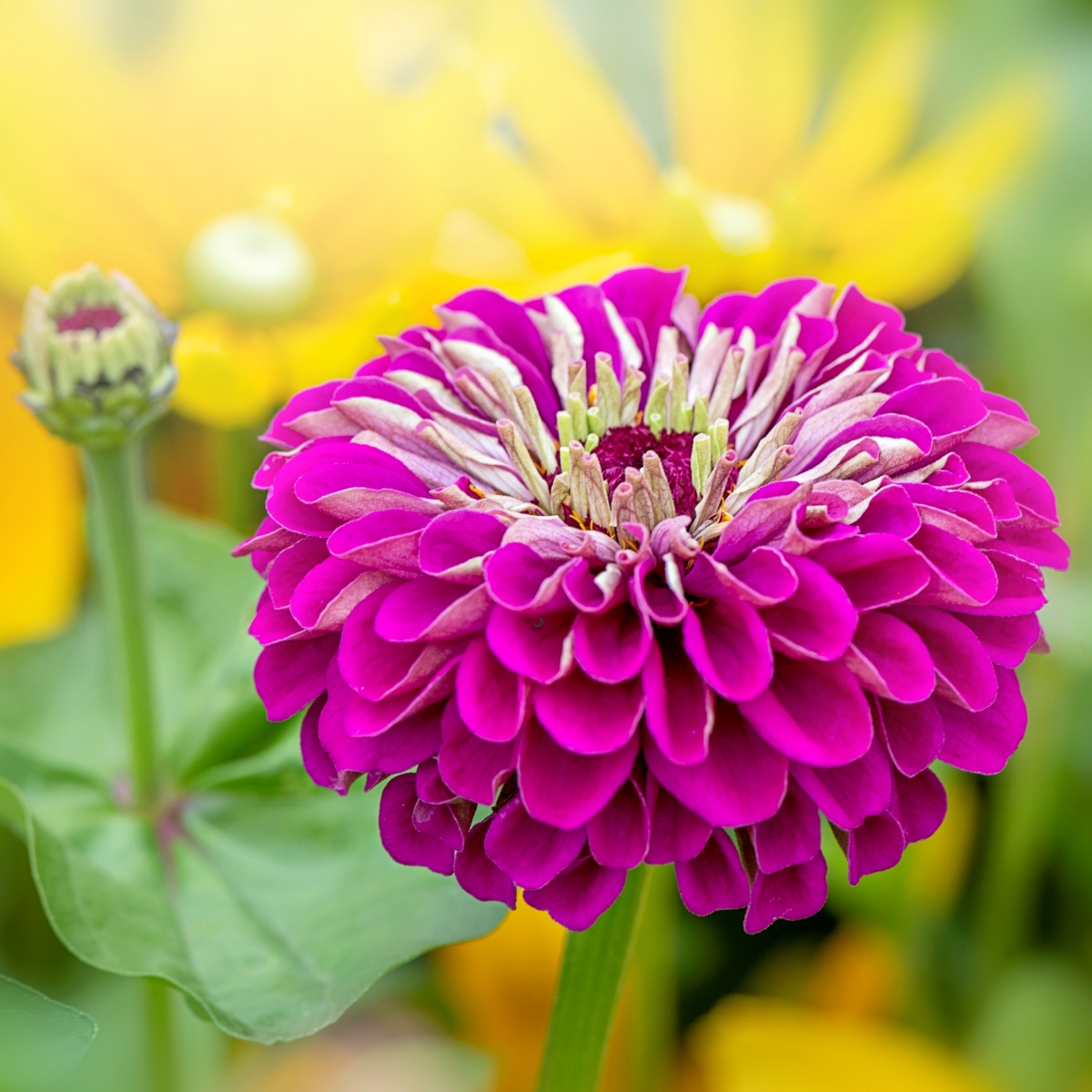
Here’s a sun-loving plant with a stunning appearance that also serves an important function. Zinnias attract hummingbirds, butterflies, and beneficial insects like bees.
Grown as annuals in most of the United States, these zinnias are available in many different colors, but the flowers of ’Purple Prince’ bring an especially intense, eye-catching hue to your window box. Think of them as elevated daisies, since they have similar hairy stems and solitary flower heads. These florals work well in a window box with other summer-blooming annuals or among perennials.
16. Euonymus (Euonymus spp.)
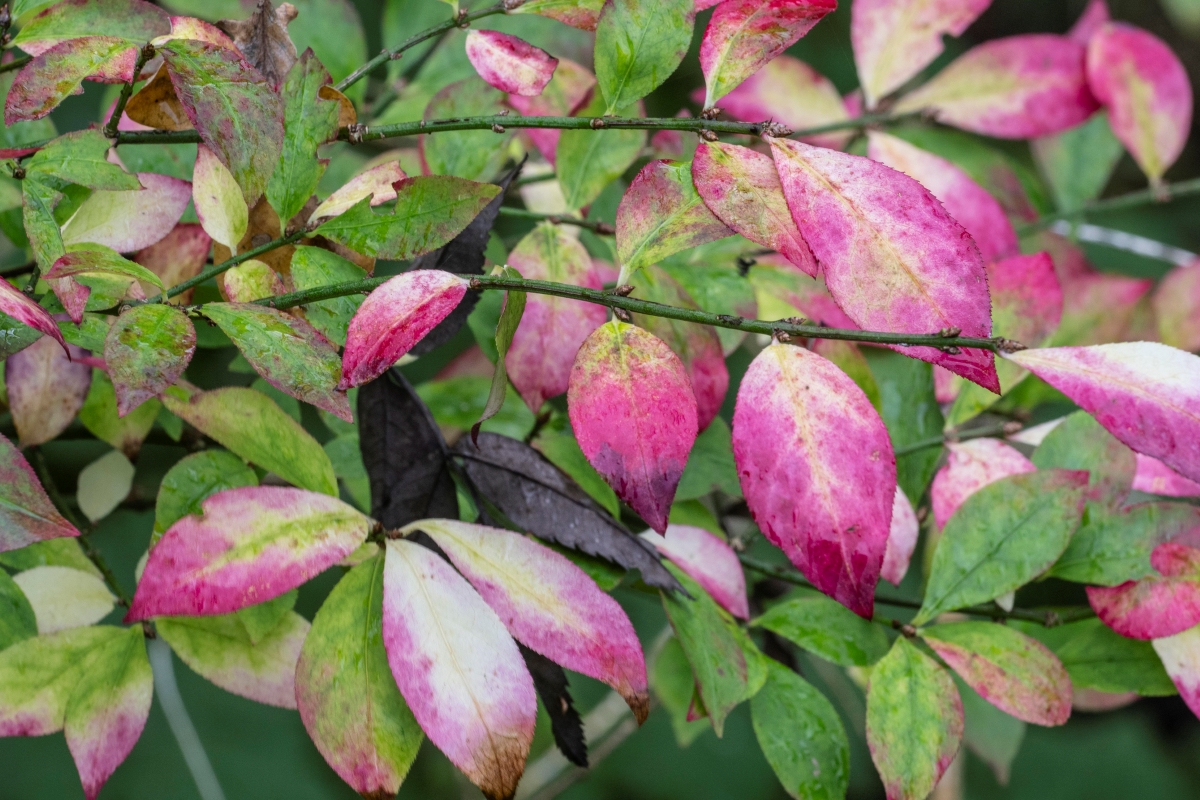
For those who treasure verdancy, adding euonymus to a window box injects plenty of intrigue. With their bright green leaves and edges that look like they’ve been painted off-white, there’s plenty of color to be had. As euonymus grows, its leaves will start to spill out over the edges of the container. (To avoid surprises, be sure to choose a dwarf variety.)
Euonymus is partial to full sun at least 4 hours a day, but it’s a tough plant that tolerates less-than-ideal conditions. If you’re looking for a low-maintenance addition to a window box, this plant is an easy choice.
17. Salvia (Salvia spp.)
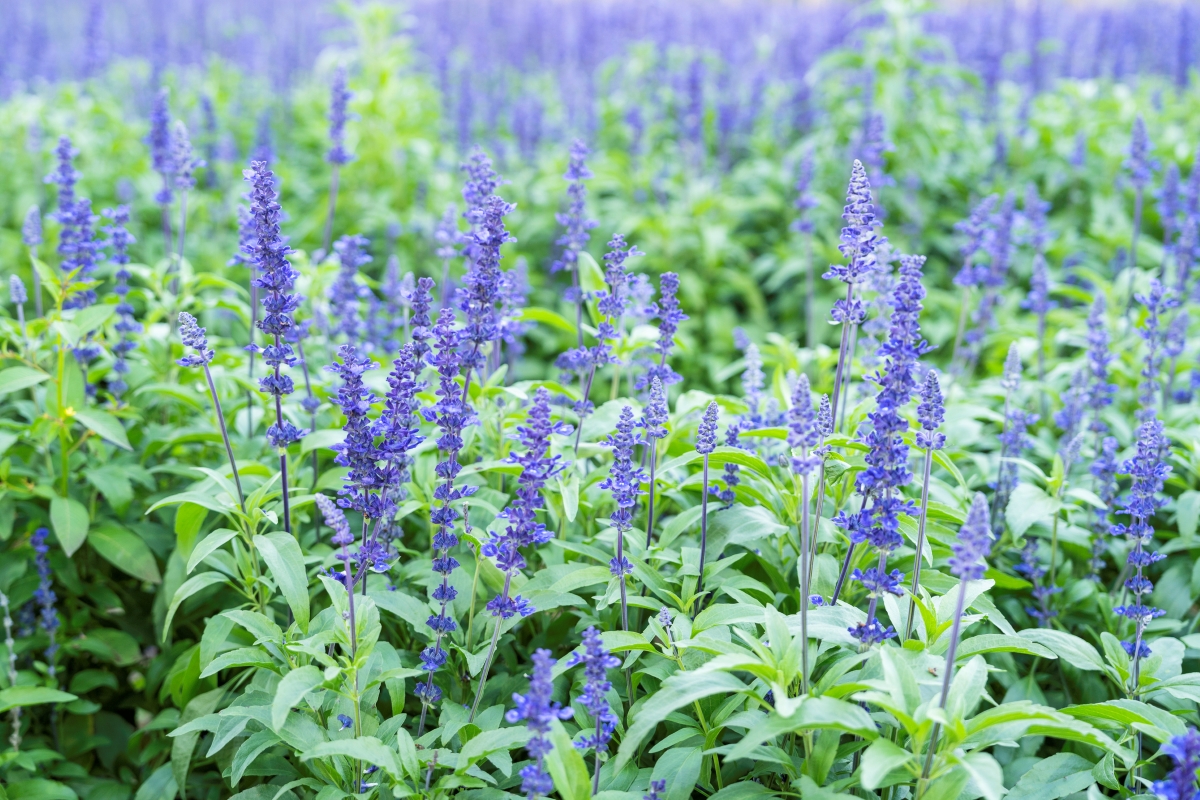
Salvia, commonly known as sage, is a low-maintenance perennial that’s hardy, long-lasting, and drought-resistant. Salvias are fascinating to look at, with small spears of tubular-shaped flowers rising above opposite leaves. Depending on the variety, the flowers may be red, pink, white, violet, or blue.
Salvia attracts good creatures and deters the ones you don’t want around. Bees, hummingbirds, and butterflies all flock to salvia, but pests like deer and rabbits are not too fond of them. You’ll find hundreds of salvia cultivars and varieties; some can get quite tall and bushy, so consider a dwarf type such as ’Marcus’.
18. Sunset Grooves Hosta (Hosta ‘Sunset Grooves’)
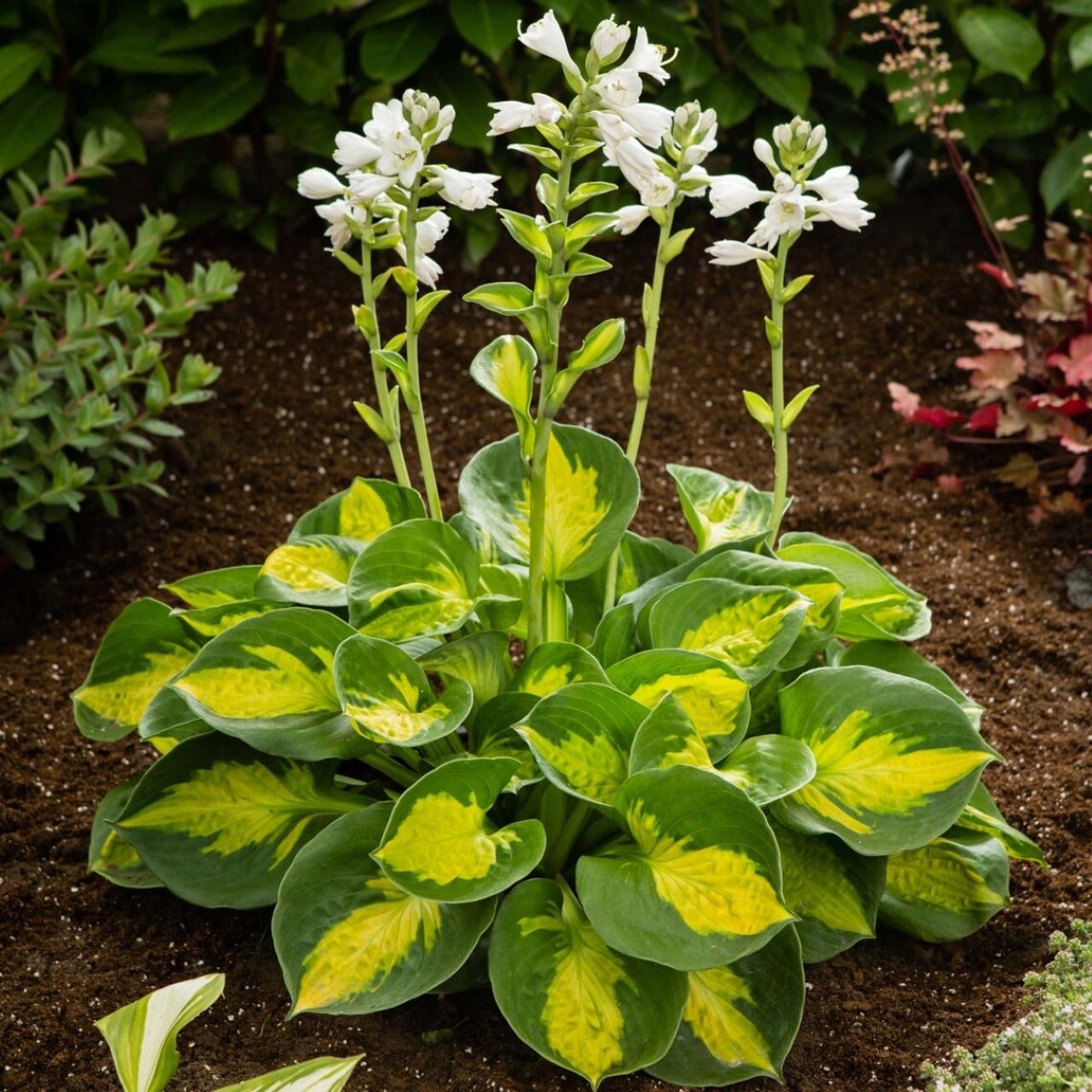
When you think of hosta, you probably think of enormous, mounding greenery. Small variety hostas, like ‘Sunset Grooves’, fit well and look great in a window box—though they might take up the entire container.
The hosta is a pollinator plant that blooms in mid- to late summer. Their dramatically large leaves are thick, puckered, and rounded, and look especially lovely with droplets on their surface after a rain. Like all hostas, ’Sunset Grooves’ likes lots of moisture, so they might require extra watering during hot spells.
19. Common Periwinkle (Vinca minor)
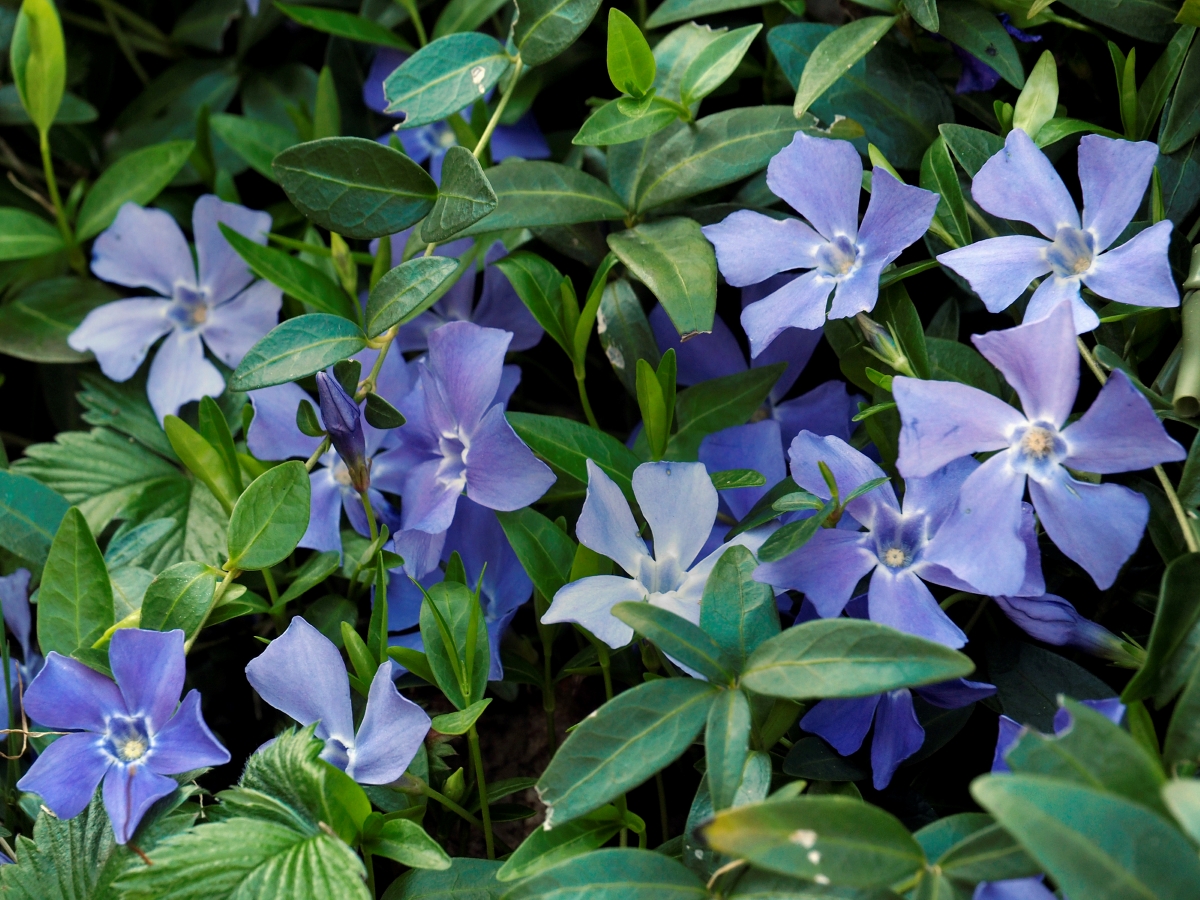
Known as a thick ground cover, periwinkle can also thrive in a window box. With dark green, glossy leaves and 2-inch flowers in a pinwheel shape, periwinkle is simple and understated, yet charming. Depending on the variety, the flowers may be violet, blue-purple, or white.
One warning about vinca: It has a habit of choking out other plants in a flower bed, so it’s best grown by itself. A bright side is that it does well, even in poor soil, and it can be used as a climber, reaching its way up a small trellis or other support to block views or sun angles.
20. Hardy Cyclamen (Cyclamen purpurascens)
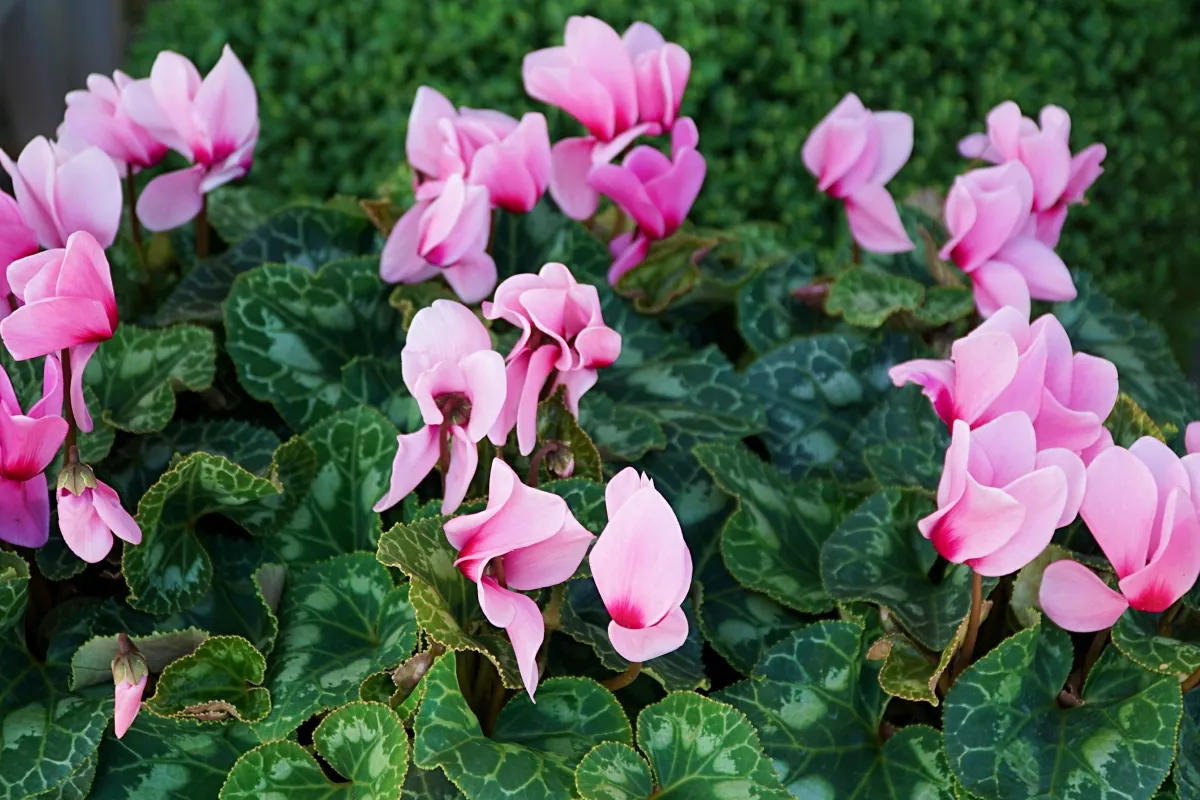
You’re probably familiar with cyclamens—they’re often sold as indoor plants, but the hardy perennial variety does very well in the right outdoor environment.
In nature, hardy cyclamen grows in cool, humid environments, so it’s best suited for shaded or partially shaded windows. The vibrant flowers come in shades of pink, red, purple, or white, but their bold hues are almost overshadowed by their interesting leaf patterns.
Hardy cyclamen needs a bit more care than others on this list, as it’s sensitive to both over and under watering, but with proper drainage and a regular watering schedule, they’ll do just fine.
Final Thoughts
Window boxes are a charming way to add curb appeal and color to your home’s exterior. When selecting varieties for your planters, be sure to choose those known to do well in your area. If you can’t find suitable ready-made boxes, you can DIY your own window boxes fairly easily.
